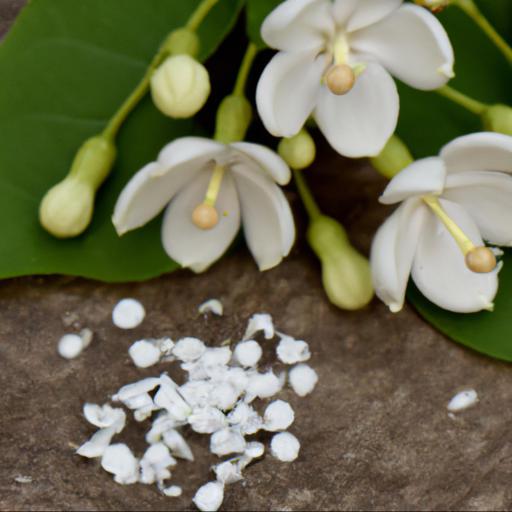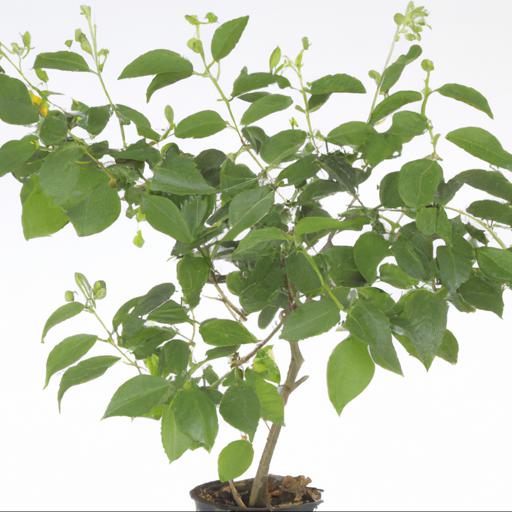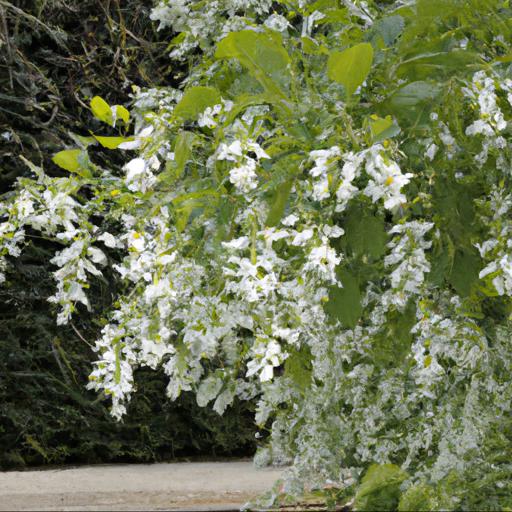Styrax obassia, also known as Japanese Snowbell, is a deciduous tree native to Japan and Korea. It is an ornamental tree, prized for its bell-shaped white flowers and its attractive foliage. The bark of the tree is smooth and gray, and it has an upright form.
It is known for its ability to thrive in a variety of conditions, making it an ideal choice for gardens and landscaping. Styrax obassia is a hardy tree that can tolerate cold temperatures and windy conditions.
It is also tolerant of drought and prefers well-drained soil. With its beautiful white flowers and lush foliage, Styrax obassia is an excellent choice for any garden or landscape.
Benefits of styrax obassia

Styrax obassia is a deciduous, flowering tree that is native to Japan and Korea. It’s also known as the Japanese snowbell tree, thanks to its wide, fragrant bell-shaped flowers.
In the UK, styrax obassia is becoming more popular among gardeners as it offers plenty of benefits for your outdoor space, both aesthetic and environmental. The tree’s most striking feature is its large clusters of white bell-shaped flowers that emit a sweet, spicy fragrance. In spring, thick growths of shoots will appear decorating the tree’s bottom with foliage and flowers in summer.
The leaves are broad, oval and pointed giving the tree a crinkled appearance when the wind sweeps through it. By autumn the foliage turns to shades of yellow and orange, adding vibrant autumnal colour to your garden.
In addition to its aesthetic benefits, styrax obassia also has numerous ecological advantages too. It’s an incredibly resilient species, able to withstand both hot and cold temperatures, perfect for the often-changeable UK climate. It also produces fruit in the summer, making it an attractive food source for birds and other wildlife.
In summary, styrax obassia is an excellent addition to any UK garden. Its beautiful clusters of sweet-smelling white flowers, vibrant autumn foliage, and resilience to weather make it an ideal choice for both aesthetic and environmental reasons.
Furthermore, its ability to attract wildlife is an added bonus.
Growing and caring for styrax obassia

Growing and caring for Styrax obassia can be a rewarding experience that brings a lush, Japanese fragrant winter blooming shrub to your garden. This lovely specimen tree hails from Japan, and is also known by its other more descriptive names including ‘Fragrant Snowbell’, ‘Japanese Snowbell’, and ‘Silky Belltree’.
Its showy bell-shaped white blooms that dangle from the branches in winter make this shrub a real standout for most gardeners. As with many ornamental trees, Styrax obassia does require special care in order to thrive and flower appropriately. First and foremost, you’ll need to pay special attention to the soil that Styrax obassia is growing in.
It prefers moist, well-drained soil, so be sure to supplement with compost or mulch when needed to ensure the perfect environment for this tree. Additionally, it’s important to note that Styrax obassia requires an acidic environment, so you’ll need to address this with the soil amendment as well.
It also requires full sun and protection from bitter winds. Be aware of the height of Styrax obassia, as it can reach up to twenty feet tall in the right environment. For best results, it’s advised that you prune the tree back in late spring, to keep it at a manageable height and promote lush regrowth.
With proper planting, soil preparation, and maintenance, Styrax obassia can bring incredible beauty to your garden through its bright white blooms and natural fragrance.
Styrax obassia in landscaping

The Styrax obassia is a beautiful, spreading tree that adds an exotic beauty to any garden. With its glossy green foliage and fragrant white flowers, it is a great choice for home gardeners who want to add a bit of tropical flair to their landscaping. These trees need a warm, humid climate, so they are not well suited to cold climates or areas with a long, harsh winter.
However, for those lucky enough to live in a good climate for Styrax obassia, this tree makes a great addition to any landscape. They are a great choice for providing a shady spot on the lawn and can be the perfect backdrop to a flowerbed.
Many gardeners are unaware of the variety of ways that Styrax obassia can enhance a landscape. Creating a privacy hedge or screen with this species is an excellent way to achieve a sophisticated look for your garden.
It can also be used to create a woodsy, dreamy feel to any area. Planting a few Styrax obassia together near a water feature, such as a pond or waterfall, can create a stunning, romantic oasis. Whether you are planting a single Styrax obassia or creating groupings of the trees, you are sure to be rewarded with a spectacular show of fragrant white flowers.
They will fill your garden with the delicate aroma of sweetness and add a tropical touch to any landscape setting. Plus, this species provides long-lasting foliage and an interesting form, making it an excellent addition to your garden.
Styrax obassia in traditional medicine
for the ExampleThere are many diverse uses for the Styrax obassia plant, from traditional Chinese medicine to its use in spiritual ceremonies. This evergreen shrub is found in the temperate and tropical regions of eastern Asia and is also known affectionately as the snowbell tree. With its long history of herbal medicinal use, it is no wonder this shrub has become so popular amongst the gardening community.
In traditional Chinese medicine, the Styrax obassia is considered to be a nourishing herb. It can be used to treat various respiratory and digestive system disorders, including asthma, bronchitis, tuberculosis, and hemorrhoids.
In addition, this plant is also used to calm emotions and induce relaxation. Tea made from the leaves, twigs, and bark of the tree is said to have calming, sedative, and anti-inflammatory properties. The Chinese often use the plant to treat anxiety and mental illness, as well as to reduce stress and promote better sleep.
The Styrax obassia has also been used for spiritual purposes for centuries. In particular, the bark of the tree is known for its smokeless burning properties.
This makes it ideal for rituals and ceremonies, as it can be burned without producing smoke that could interfere with the proceedings. For example, in Japan, burning incense from the bark of a Styrax obassia tree is regarded as a purificatory act.
It is also said to be a powerful ward against evil, as well as a way to attract good fortune. All in all, the Styrax obassia is a beautiful and highly versatile shrub that can be used for many different applications. Its traditional medicinal uses, soothing smokeless burning properties, and spiritual significance make it a popular choice amongst gardeners, both for its beauty and its plentiful perks.
It is sure to add a touch of serenity and spiritual energy to any outdoor space.
Final Touch
Styrax obassia, commonly known as the fragrant snowbell, is a beautiful flowering tree native to Japan. It has large, white bell-shaped flowers that bloom in the spring and a sweet, fragrant scent.
The tree is also known for its glossy, dark green leaves and its ability to resist disease and pests. Its wood is also highly valued for its use in furniture and other wooden items. Styrax obassia is a great choice for any garden or landscape, as it adds beauty and fragrance to the environment.
FAQ
What is the scientific name of Styrax obassia?
The scientific name of Styrax obassia is Styrax obassia.
Where is Styrax obassia native to?
Styrax obassia is native to Japan, Korea, and eastern China.
What are the characteristics of Styrax obassia?
Styrax obassia is a deciduous tree that can grow up to 30 feet tall. It has fragrant white flowers that bloom in the spring and dark green, glossy leaves. The bark is gray and smooth with a corky texture. It is drought tolerant and prefers full sun to partial shade. It is also resistant to pests and diseases.
How is Styrax obassia used in traditional medicine?
Styrax obassia is traditionally used in Chinese medicine as an expectorant, to treat coughs, and as an anti-inflammatory. It is also used to treat skin conditions, such as eczema and psoriasis.
What is the average height of Styrax obassia?
The average height of Styrax obassia is approximately 15-20 feet.
What is the conservation status of Styrax obassia?
The conservation status of Styrax obassia is Near Threatened according to the IUCN Red List.

